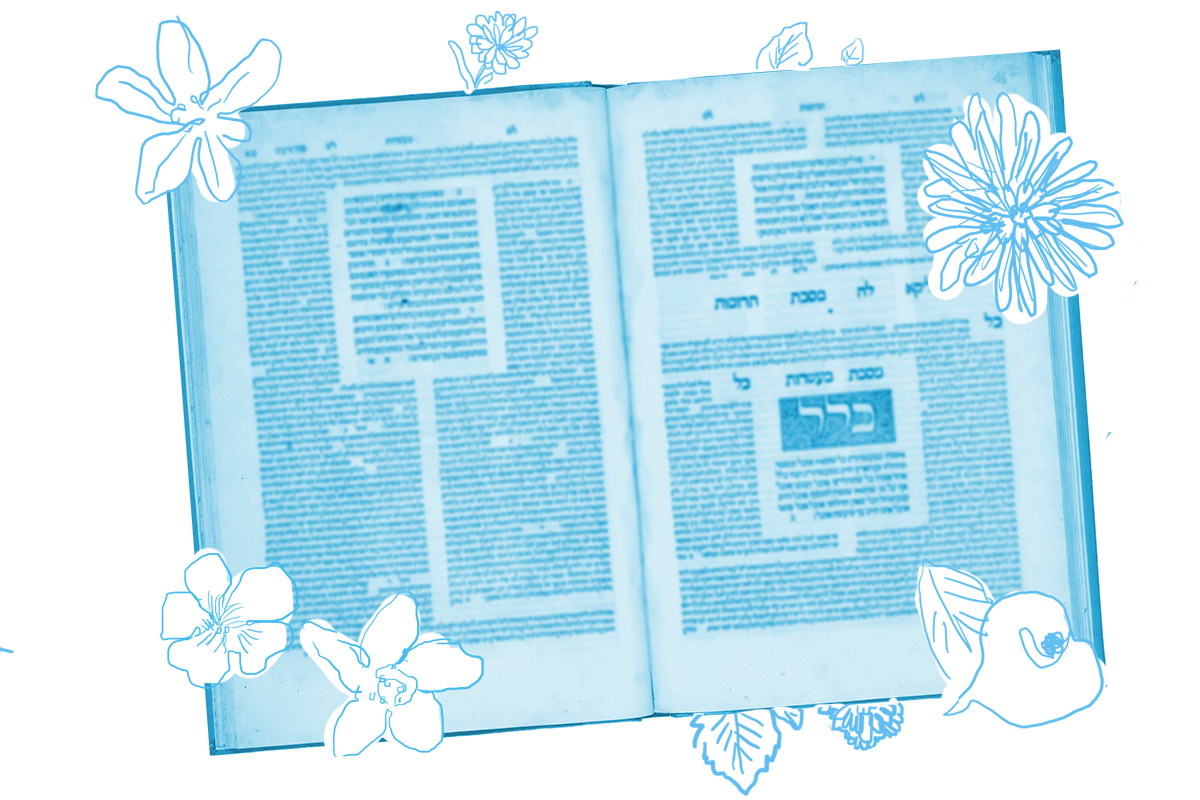A true story: During the Holocaust, a woman’s husband was deported to the death camps. Believing him to be dead, the woman remarried in the ghetto and had a child. Miraculously, the new family all survived the Holocaust and moved to a new country to rebuild their lives. Their son grew up, went to rabbinical school, married another Jew, and became a rabbi. Unbeknownst to them, however, the woman’s first husband had managed to survive the camps. He searched for his wife and, tragically, found her only after she had already died. Because she had still been married to her first husband for her entire life, it turned out that the child with her second husband — the rabbi of a congregation — was a mamzer.
This is a real story, one that was unfortunately all-too-common in the years after the Holocaust. Without accurate death records for so many Jews, rabbis and other legal functionaries tried their hardest to determine when someone was a widow and therefore free to remarry, but the information was limited and mistakes were made.
While the scale of the Holocaust was unprecedented, more than a millennium earlier the rabbis of the Talmud had already discussed what to do when a woman’s husband disappeared and his status was unknown. Today’s daf quotes a mishnah that taught that in the case that a woman’s husband was thought to have died and she remarried, only to discover that he is still alive:
She must leave this one and this one.
With your help, My Jewish Learning can provide endless opportunities for learning, connection and discovery.
According to the mishnah, her first marriage is now over because she has married and built a life with another man; her second marriage is invalid because she was not free to marry him in the first place.
The Gemara then qualifies the mishnah:
Rav said: They taught this halakhah only if she married by one witness (who testified that her husband was dead), but if she married on the basis of two witnesses, she does not leave (her second husband).
In other words, if she married on the testimony of two witnesses — the rabbinic basis for confirmable truth — who verified the death of her first husband, we do not make her leave her second husband, even if the first is found alive. Not all agreed with Rav:
They laughed at him in the West (the land of Israel): The man (the first husband) has come and stands before us, and yet you say she does not have to leave her second husband!? No, it is necessary when we do not know.
In the land of Israel, the rabbis think it is self-evident that if the husband returns, it doesn’t matter how many witnesses have testified to his death, his living presence invalidates the second marriage. But, as the Gemara also points out, in a world without photography or DNA evidence, if a man appears claiming to be a woman’s husband 10 or 15 years after he disappeared, there might be some doubt about his identity. Who is to say if he is actually the woman’s first husband or if he is an imposter?
The Gemara continues to discuss this case — focusing on the questions of whether the woman is permitted to stay married to her second husband (unlikely except in a few cases), can return to her first husband (possibly, depending on the circumstances), or must leave both of them (the plain meaning of the mishnah). One can only imagine the emotional pain of all parties in any of these choices, though the Gemara stays focused on the legal question.
As we’ve seen already in this tractate, and as the story above reminds us, these questions also trickle down to affect the status of the woman’s children with her second husband, and their children, and so forth.
What then of the young man with whom we started — the son of the Holocaust survivor and her second husband? Deeply committed to a traditional interpretation of Jewish law and faced with his discovery of his mamzer status, he went to Rabbi Ephraim Oshry, a prominent Lithuanian rabbi who answered such legal questions while imprisoned in the Kovno ghetto. Before the liquidation of the ghetto, he buried those letters and retrieved them more than a decade later, in 1959, publishing them in Hebrew and later an abridged English version, Responsa from the Holocaust.
Rabbi Oshry required this young man to divorce his wife, as a mamzer cannot marry someone Jewish who is not of mamzer status themselves. But he also summoned the woman’s first husband and forbade him from telling anyone about the situation, so that the young man would not develop a reputation as a mamzer. He was condemned to live alone (though not in ignominy) so as not to pass on his status — yet one more way the horrors of the Nazis continued to effect the children and grandchildren of those lucky enough to survive.
Read all of Yevamot 88 on Sefaria.
This piece originally appeared in a My Jewish Learning Daf Yomi email newsletter sent on June 3rd, 2022. If you are interested in receiving the newsletter, sign up here.



